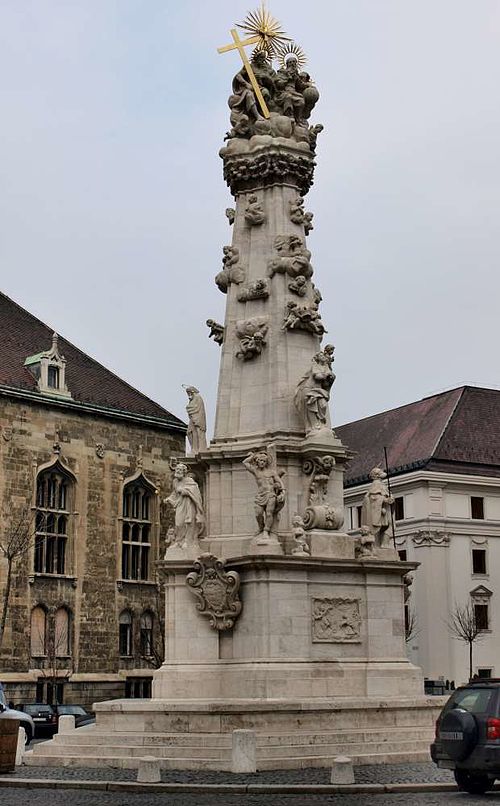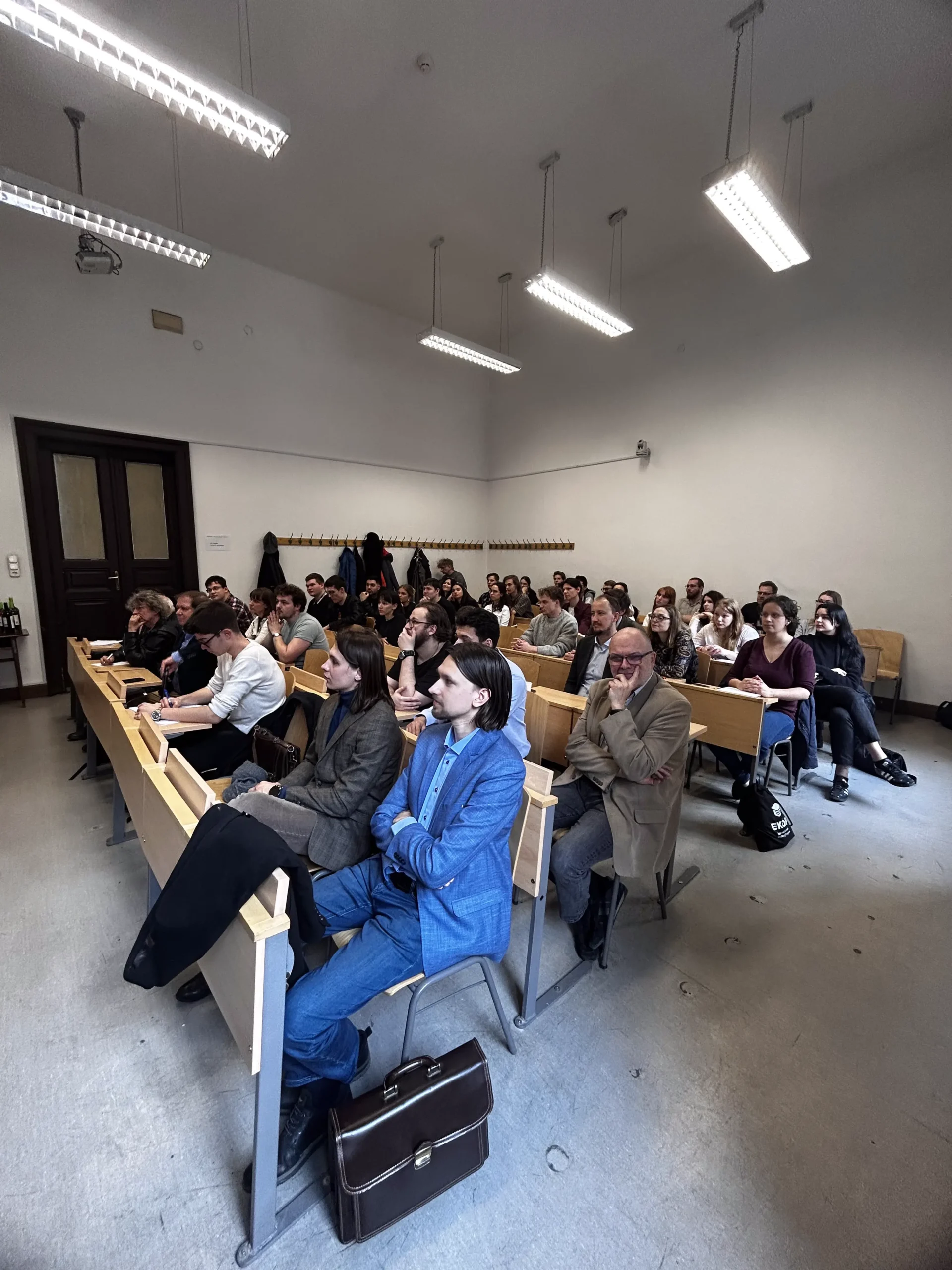Plague epidemics in Hungary – Statue of the Holy Trinity, Buda Castle
Fact of the Hungarian figure „Semmelweis – Saviour of mothers”
Part of the „Pandemics” topic
The Statue of the Holy Trinity in Buda Castle stands as a poignant reminder of the devastating plague epidemics that ravaged Hungary and Europe throughout the centuries. Erected in 1713, the monument commemorates the victims of the Great Plague of 1691, which struck Budapest and other parts of Hungary, leaving thousands dead. This baroque statue, a common form of tribute in Central Europe, not only honors the memory of those lost but also reflects the deep religious faith of the time, when people often believed that such outbreaks were divine punishments and sought protection through prayer and religious offerings.
Plague epidemics were frequent in Hungary between the 14th and 18th centuries, with the most severe outbreaks occurring in 1347-1349 during the Black Death and subsequent recurrences in the 16th and 17th centuries. These epidemics had a profound effect on the Hungarian population, leading to drastic depopulation in rural areas, economic decline, and increased social unrest. In addition to the Statue of the Holy Trinity, many other cities and towns in Hungary, such as Sopron and Székesfehérvár, erected similar monuments to seek divine intervention and to protect themselves from future outbreaks.
In the broader Central European context, plague epidemics similarly devastated countries like Poland, Austria, and Bohemia. Cities across the region, from Prague to Krakow, also built Holy Trinity statues or plague columns as expressions of gratitude for the end of the plague and as protection against its return. These monuments became common sights in towns and cities throughout the Habsburg Empire, symbolizing not only the toll of the pandemics but also the resilience and faith of the communities that survived them.





